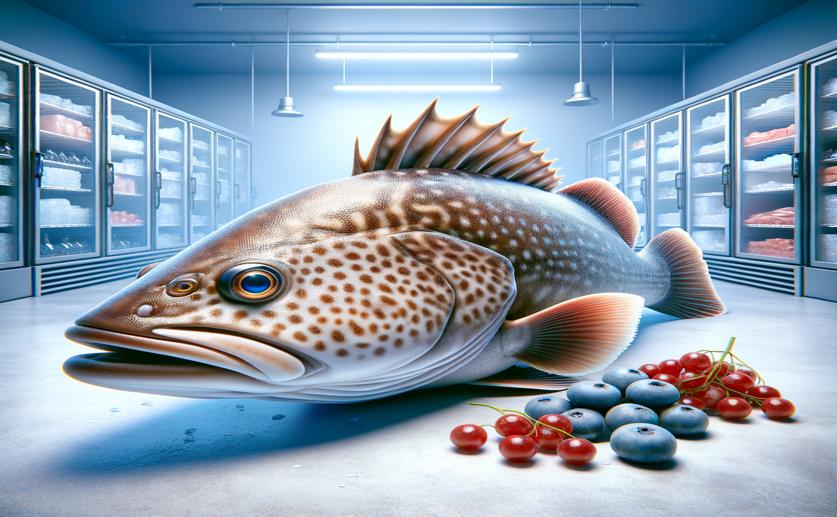
How Slaughter Methods Affect Grouper Quality and Freshness During Cold Storage
Greg Howard
12th September, 2024

Image Source: Natural Science News, 2024
Key Findings
- The study by Shanghai Ocean University found that gradient cooling (M5) is the best method for slaughtering groupers, causing the least stress and oxidative damage
- Gradient cooling (M5) resulted in the highest activity of the SDH enzyme, indicating better energy metabolism in the fish
- Fish slaughtered by gradient cooling (M5) had superior flesh quality, with better texture, pH, and lower levels of TVB-N and TBA
BiochemAnimal ScienceMarine Biology
References
Main Study
1) Effects of different slaughtering methods on the energy metabolism, apoptosis process and quality of grouper (Epinephelus fuscoguttatus) during cold storage at 4 °C.
Published 11th September, 2024
https://doi.org/10.1002/jsfa.13862
Related Studies
2) Pre-mortem stress and the subsequent effect on flesh quality of pre-rigor filleted Atlantic salmon (Salmo salar L.) during ice storage.
3) Twenty Years of Research in Seabass and Seabream Welfare during Slaughter.
4) Multifunctional bioactive coatings based on water-soluble chitosan with pomegranate peel extract for fish flesh preservation.



 7th July, 2024 | Jenn Hoskins
7th July, 2024 | Jenn Hoskins